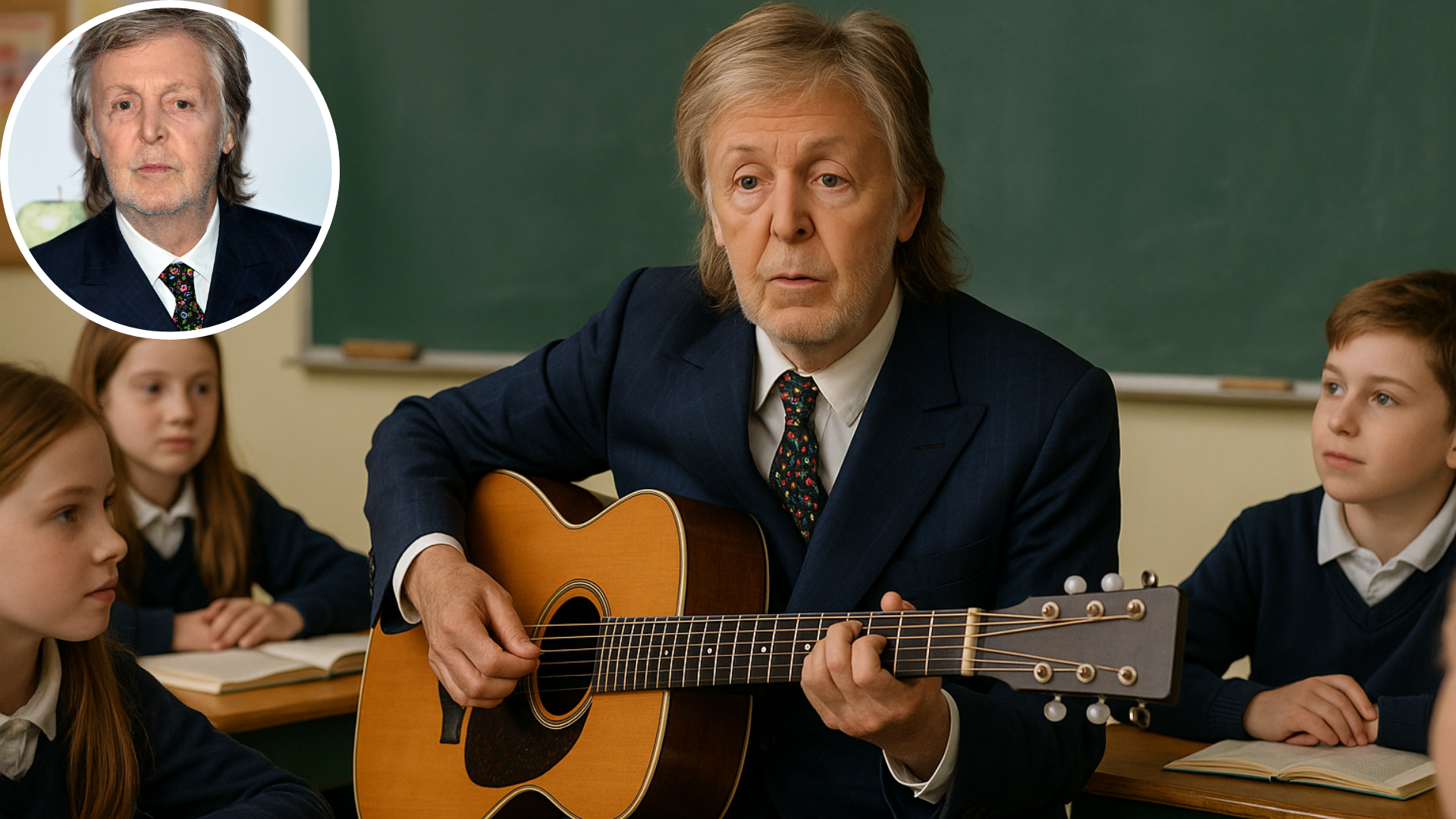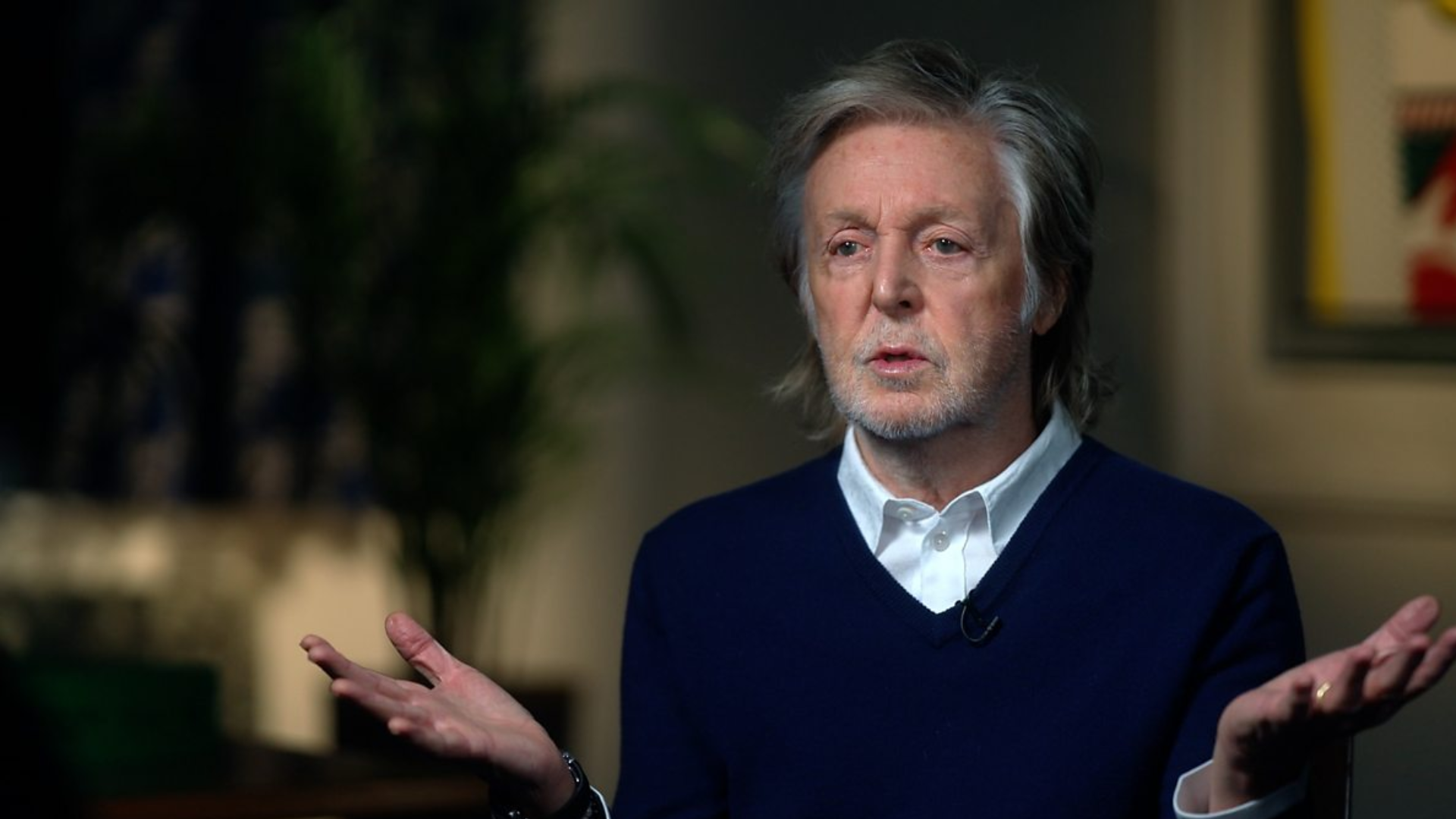
There is a quiet light shining through “Hope of Deliverance.” Released in the early 1990s, this song captures Paul McCartney’s gift for finding optimism even in life’s darkest hours. At its core, it is a song about yearning — for peace, for healing, for a way out of the shadows into something brighter.

Paul’s voice carries both warmth and weariness, as though he is singing not just to us, but to himself. The refrain “I will always be hoping, hoping… I will always be hoping, hoping for deliverance” becomes less of a lyric and more of a mantra — a reminder that even when the world feels uncertain, the human heart still reaches forward.
The arrangement is deceptively simple, built on acoustic guitars and rhythmic pulses that give it a gentle, folk-like quality. There’s no grandeur, no heavy orchestration — just a steady, almost meditative rhythm that feels like walking step by step toward hope.
What makes “Hope of Deliverance” resonate is its universality. It isn’t tied to one story or moment, but to the timeless longing for a better tomorrow. Paul doesn’t promise answers, but he offers something even more powerful: the assurance that we are not alone in our waiting, our struggles, or our faith in what lies ahead.
Listening to the song today, it feels as relevant as ever. In a world filled with noise and division, McCartney’s gentle voice reminds us of the simple truth that hope itself can be an act of resilience. “Hope of Deliverance” isn’t just a song — it’s a prayer, a candle in the dark, a reminder that music can carry us through until the morning comes.